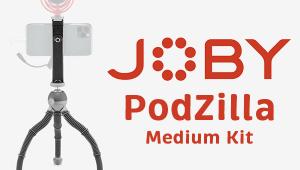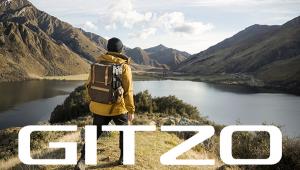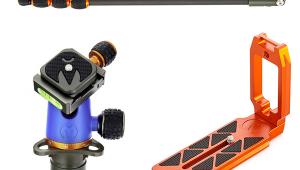3 Legged Thing Corey Magnesium Alloy Travel Tripod with AirHed Neo Ball Head Review
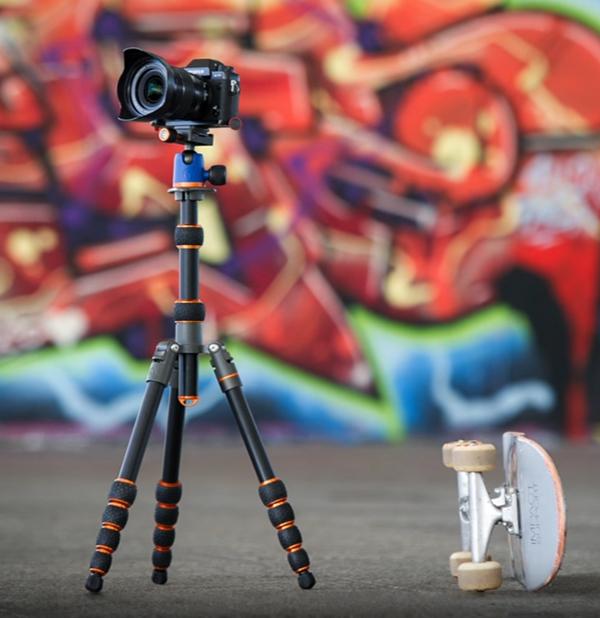
Why do tripods have three legs instead of four? There is a reason, and we’ll get to it in a moment, right after we take a long, close look at a 3 Legged Thing from across the pond.
If I’ve written it once, I’ve written it a thousand times: tripods are the only accessory you can use that will always improve your photos. If this is true, why aren’t they used more often?
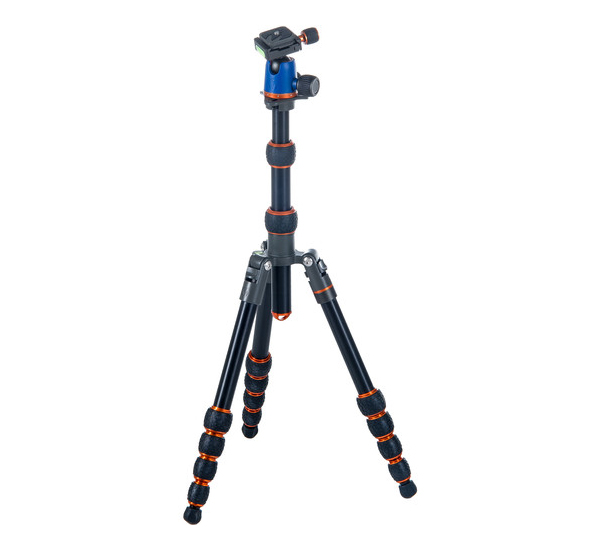
Many people, including me sometimes, use the excuse that typical tripods are too heavy to lug around, too difficult to adjust and slow to operate. One lady told me that tripods are ugly and make her look like a photographer.
If you have been using similar rationalizations, tripods from 3 Legged Thing may change your mind. The Punks Corey magnesium alloy tripod equipped with an AirHed Neo ball head that I have been using for about three months now isn’t heavy—it weighs less than 3.5 pounds. It’s super-easy to adjust—and it’s fast. It’s certainly not ugly, either. And although I hate to admit it, it would take more than a tripod to convince anyone that I am a photographer.
Construction
Built from aircraft-grade magnesium alloy, the Punks Corey travel tripod from 3 Legged Thing features black and grey legs and center column. All are trimmed in tasteful orange. With the stark blue color of the AirHed Neo ball head up top, it reminds me greatly of a Kingfisher bird (I mean that in a good way). “Punks” is the series name, “Corey” is the model name and “3 Legged Thing” is the name of the manufacturer.

The two-section center column and legs feature large, barrel-shaped twist locks that are nicely textured and very easy to turn. The legs extend to five sections and can support a camera at a height of 58 inches—just shy of five feet. On the other extreme, because of the possible leg and column configurations, an attached camera can be positioned at a height of just four inches.
Legs can be locked in three different angles and inverted 180 degrees for transport or storage. When collapsed, the travel length is 13.7 inches. One leg can be detached and repurposed as a monopod. The rubber tips on the end of each leg are very functional and can be replaced with optional spikes.

Load capacity is 30 pounds when assembled in the conventional position with the legs splayed at 23 degrees (i.e., the first click setting). As you may well guess, if you angle the legs farther apart, the load capacity is likely to decrease, so beware. Construction is extraordinarily sturdy and overall assembly was obviously done with extreme care and pride.
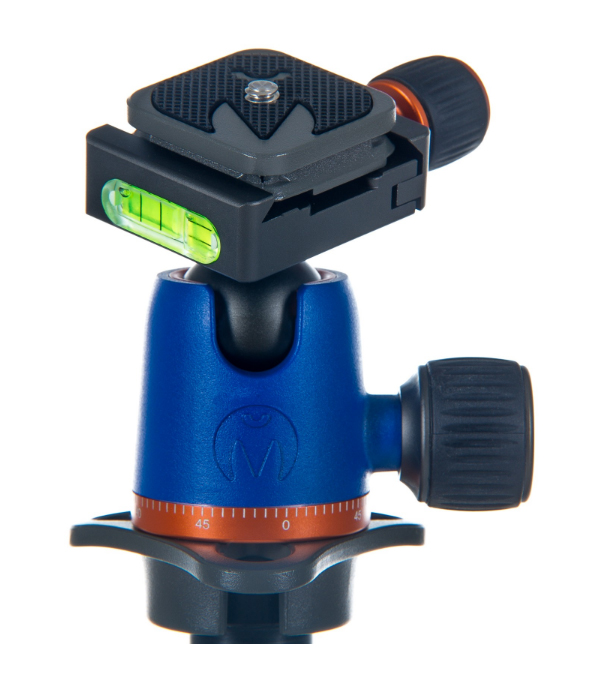
AirHed Neo Ball Head
There are three spirit levels, including two on the included AirHed Neo ball head. The head has knobs that control pan rotation and orbit, and a smaller knob that locks the Arca Swiss style attachment plate. Operation is fast and silky smooth, and more importantly, it locks in place without straining oneself.
In the Field
Because it’s winter in New York where I live, most of the time I used the 3 Legged Thing Corey magnesium alloy travel tripod indoors. The rubber feet are oversized and didn’t skid even once. The knobs are all oversized, too, and that makes them much easier to operate. The size is very convenient—and I mean that in all respects. It’s a small tripod but it extends to nearly five feet, as high as most people will ever need from a travel tripod. Build quality is exceptional. I don’t think I’ve ever seen a better built tripod.

Conclusion
I would say that Corey is a “must have,” but I know some of you shun tripods as relics from the film camera era. Nothing could be farther from the truth, of course. If you’re in the market for a very high quality, easy-to-use and easy-to-transport travel tripod, or if you’re anticipating that coming-sooner-than-you-think graduation gift, the 3 Legged Thing Corey tripod is the ideal choice.
3 Legged Thing Punks Corey Magnesium Alloy Tripod Specs
• Load Capacity: 30 pounds (14 kilograms)
• Maximum Extended Height: 58 inches
• Minimum Useable Height : 4 inches
• Collapsed Length: 13.7 inches
• Carrying Weight: 3.4 pounds
• Number of Leg Sections: 5
• Leg Angle Locks at 23°, 55° and 80°
• Quick Release (Arca Swiss compatible)
• Includes AirHed Neo ball head
• Converts to Monopod
The 3 Legged Thing Punks Corey Magnesium Alloy Tripod comes complete with an AirHed Neo ball head, thick microfiber bag to protect the ball head when not in use, one Arca Swiss compatible Quick Release Plate, a handy multi-tool and a carrying bag.
Current cost is $199 and you can order directly from 3 Legged Thing—just click on the USA Store tab on their website.
So why do tripods have three legs, not four? The sequel to this question is “What do you call a four-legged tripod?” Give up? The answer is “Unstable.” I didn’t Google for the solution; it came to me one day while sitting in a tiny diner in Eastern Pennsylvania. My lunch partner placed a matchbook (yes, it was that long ago) under the one shorter leg to stabilize the table. A three-legged tripod will stand its ground (if you’ll pardon the pun) but if an object has four legs, it’s likely that three will make adequate contact while the fourth is too short. The notable exceptions, I suppose, are quadruped animals. But we won’t go there.
—Jon Sienkiewicz



